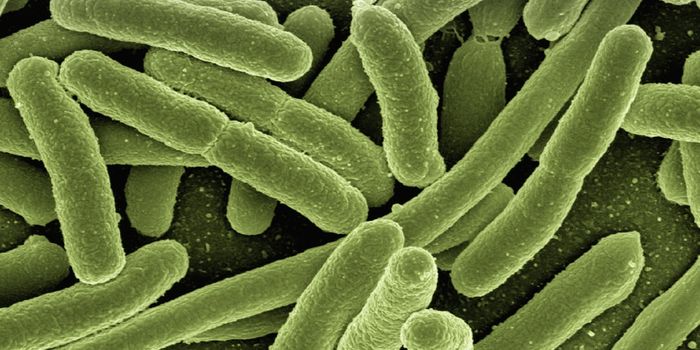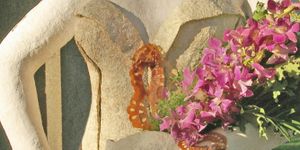Researchers can stimulate fungi to produce antimicrobial compounds, and in doing so they have detected a novel one.
The findings have been reported in the open access journal Frontiers in Microbiology.
The Ascomycota phylum, described in the video above, includes morel mushrooms and truffles, as well as many yeast and fungi. They are able to produce metabolic products that act as antibiotics, and fight pathogenic microbes. Penicillin is probably the most famous example of such an antibiotic compound. Since its discovery, fungi have been seen as an important biological source of antibiotic compounds. Researchers think that remedies for resistant pathogens could be among such metabolites.
However, antimicrobial agents such as penicillin are only made when they’re needed, not necessarily all the time. "Fungi can even deactivate the respective parts of their genome if a metabolite is not needed anymore. These compounds can't be detected any longer and are classified as cryptic compounds," said Christoph Zutz of the Institute for Milk Hygiene, Milk Technology and Food Science at the University of Veterinary Medicine, Vienna and first author of there paper.
In their work, the investigators used valproic acid as a stimulus to activate these deactivated genes in fungi. They found that valproic acid even started the production of several antimicrobial compounds the fungus Doratomyces microsporus.
Testing the gained, so-called cryptic metabolites, it was found that they were effective against both antibiotic-resistant and typical Staphylococcus aureus pathogens. The scientists were able to filter out the six most active agents from all metabolites. It was the first time being detected in a fungus for one of the compounds, cyclo-(L-proline-L-methionine) or cPM. Up to now, the sole source of this molecule has been a bacterium that lives in an Antarctic sponge.
Interestingly, cPM can boost the activity of other antimicrobial agents. The research team thinks this boosting effect specifically comprises how the compounds work on the tested pathogens.
The scientists therefore went further and tried using cPM with ampicillin in two ampicillin-resistant bacteria. That combination has proved successful in combating the bacteria. "The resistance was demonstrably reduced, even at a lower dose of ampicillin than usually," exaplined co-author Kathrin Rychli.
The team is now plans to look for new antibiotic compounds in other microorganisms by utilizing similar methods."Valproic acid is not the only way to gain active compounds from fungi or other microorganisms. You can also make bacteria and fungi grow together. This also leads to a natural stimulus," said Joseph Strauss of the University of Natural Resources and Life Sciences, Vienna, who heads the research platform "Bioactive Microbial Metabolites" in Tulln, Austria.
Christoph Zutz mentioned a big advantage of their inter-university research platform methodology. "Unlike industrial enterprises, we investigate all promising metabolites in microorganisms, not only single chemical compounds"
Sources:
AAAS/Euerekalert! via
University of Veterinary Medicine, Vienna,
Frontiers in Microbiology









